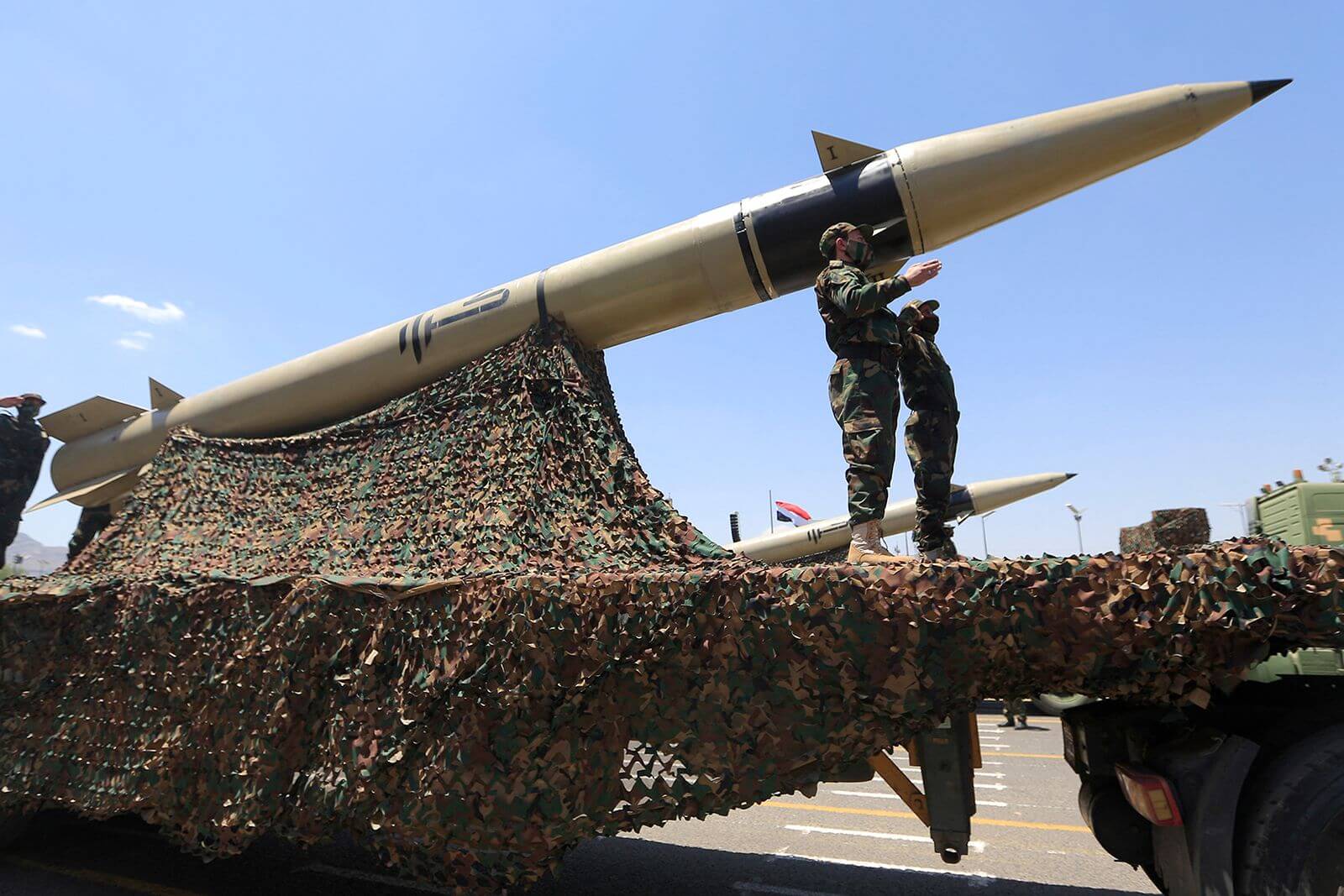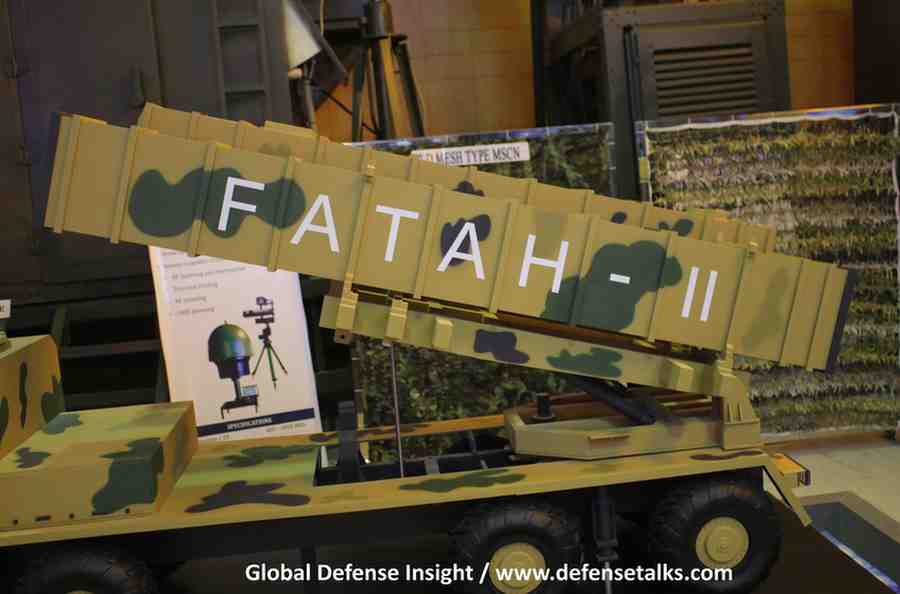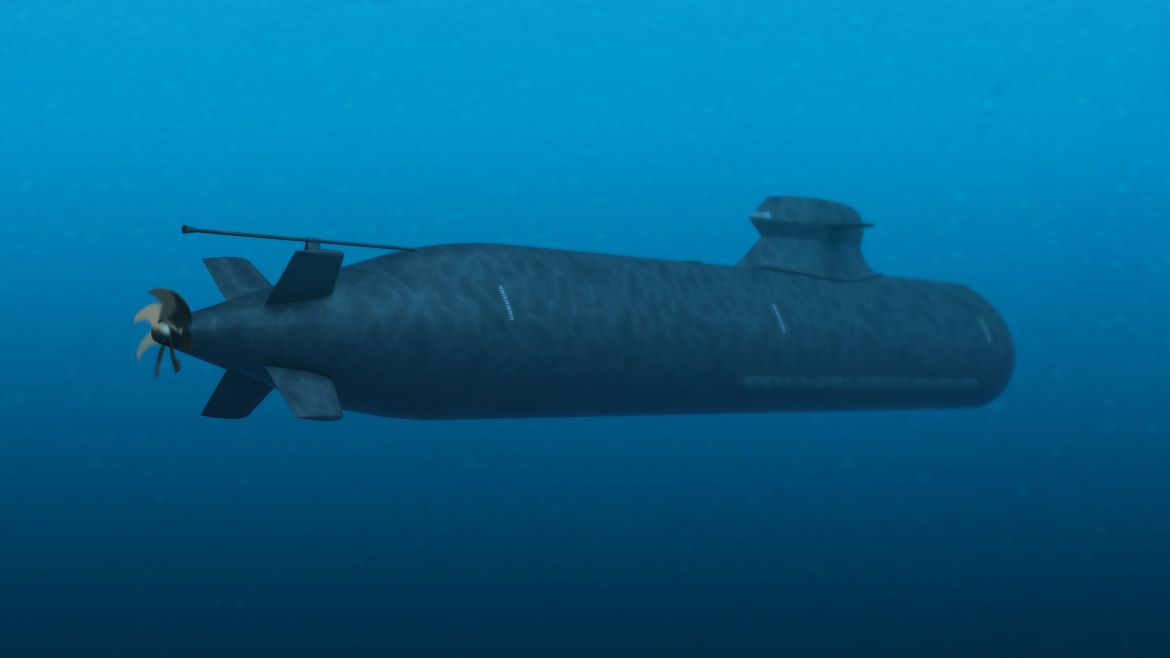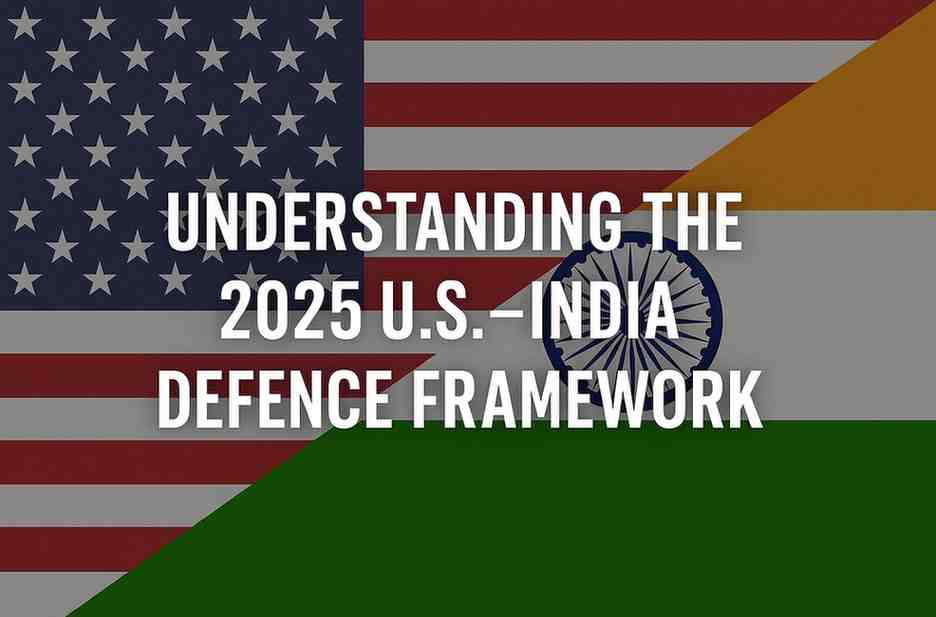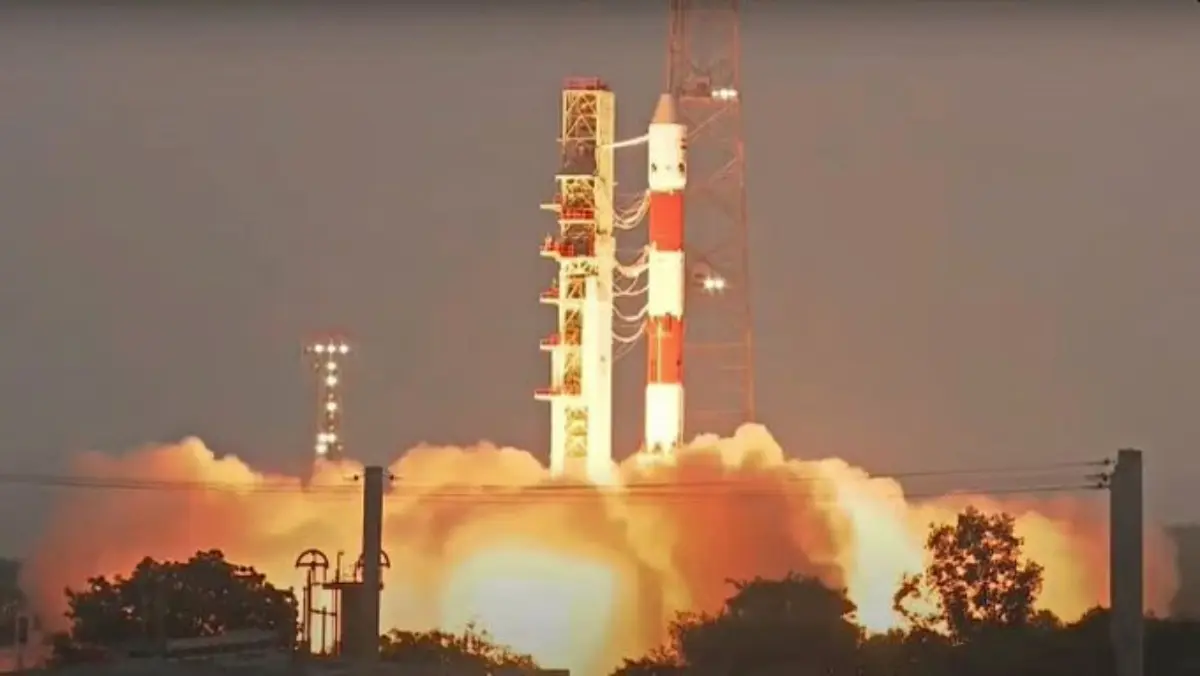The conflict between NATO and the Houthis is a multifaceted issue involving international alliances, regional power struggles, and humanitarian crises. This article aims to explore the background, military capabilities, key incidents, diplomatic efforts, and the potential future of this conflict, including its ties to the ongoing Israel-Hamas War of 2024.
Table of Contents
ToggleNATO:
NATO, the North Atlantic Treaty Organization, was founded on April 4, 1949, with the signing of the Washington Treaty. Initially created for mutual defense against aggression, NATO now includes 32 member countries from North America and Europe. Over time, NATO’s role has expanded to encompass collective defense, crisis management, and cooperative security.
NATO began with twelve founding members and has expanded ten times, most recently with Sweden joining on March 7, 2024. Additionally, Bosnia and Herzegovina, Georgia, and Ukraine are recognized as aspiring members. NATO’s enlargement has often led to tensions with Russia, a participant in NATO’s Partnership for Peace program, which includes 18 other countries. Moreover, 19 countries engage with NATO through institutionalized dialogue programs.
Yemeni Houthis:
The Yemeni Houthis, officially known as Ansar Allah, emerged in the 1990s as a revivalist Shia movement in northern Yemen. Rooted in Zaidi Shia Islam, the group opposes Saudi influence and Yemeni government policies. Initially led by Hussein Badreddin al-Houthi and later by his brother Abdul-Malik al-Houthi, the Houthis have allegedly received weapons, training, and financial aid from Iran.
The Houthis have alliances with six states, including major players like Iran, Russia, and North Korea, and seven non-state allies, such as Hezbollah and Hamas (since 2021). They face opposition from 34 states, including powerful nations like the United States, the United Kingdom, Saudi Arabia, Pakistan, and, to a disputed extent, China.
Current Situation
Conflict in Yemen:
The Yemeni conflict began in 2014 when the Houthis took control of the capital, Sanaa. This power shift led to a protracted war involving the Yemeni government, backed by a Saudi-led coalition, and the Houthis, allegedly supported by Iran. The conflict has caused a severe humanitarian crisis, with widespread famine, disease outbreaks, and displacement affecting millions.
Currently, Houthi insurgents control Sanaa and most of former North Yemen, except for eastern Marib Governorate. The pro-republican forces have fractured, especially after the formation of the Southern Transitional Council (STC) in 2017 and its capture of Aden in 2018, leading to clashes between pro-Hadi forces backed by Saudi Arabia and southern separatists backed by the UAE. Additionally, Al-Qaeda in the Arabian Peninsula (AQAP) and ISIS have conducted attacks against both factions, with AQAP controlling significant territories.
NATO’s Stance:
NATO has not officially taken a stance on the Yemen conflict. However, member states such as the United States have supported the Saudi-led coalition through arms sales and logistical assistance. NATO’s statements emphasize the need for a peaceful resolution and adherence to international law.
Yemen faces numerous interconnected issues, including economic decline, demographic pressures, and domestic security challenges. The country’s oil reserves are diminishing, government resources are stretched thin, and water scarcity is a critical concern, with Sanaa at risk of running out of water. Additionally, Yemen deals with regional tensions, an ongoing civil war, and the presence of Al Qaeda in the Arabian Peninsula (AQAP).
Foreign involvement in the Yemeni civil war has been substantial. A Saudi-led coalition, supported by the US, launched a military intervention in 2015 to fight the Houthis and counter Iran’s increasing influence in the region. The United Kingdom and the United States have supported this effort through arms sales and technical assistance to Saudi coalition forces. The coalition has used bombs produced by American companies and sold to Saudi Arabia with approval from the State Department and the Pentagon, resulting in thousands of devastating airstrikes in Yemen. In recent years, Saudi Arabia has purchased billions of dollars worth of Boeing-made Chinook CH-47F heavy-transport helicopters, as well as missiles manufactured by Raytheon and Lockheed Martin. Between 2015 and 2018, Saudi Arabia received $355 million in large U.S. arms, according to the Security Assistance Monitor.
Thus, while NATO as an organization remains officially non-involved, the conflict continues to be a complex issue with broad regional implications.
Military Capabilities and Strategies
NATO’s Military Strength:
NATO’s military capabilities are extensive, with significant air power, naval forces, and technological advancements. The alliance’s joint operations and exercises demonstrate a high level of coordination and readiness. NATO’s strategic approach includes rapid deployment forces and a focus on defense and deterrence.
In Middle East North Africa (MENA):
The U.S. has operated bases around the Middle East for decades, with peak deployments of over 100,000 troops in Afghanistan in 2011 and 160,000 in Iraq in 2007. After the 2021 withdrawal from Afghanistan, about 30,000 U.S. troops remain across the region. Since the Israel-Hamas war began in October 2023, the U.S. has temporarily sent additional troops, including on warships. The largest U.S. base in the Middle East is Al Udeid Air Base in Qatar, established in 1996, with additional U.S. military presence in Bahrain, Kuwait, Saudi Arabia, and the UAE.
The Royal Air Force operates a permanent facility in the United Arab Emirates known as Donnelly Lines. The Royal Navy’s base in Bahrain is HMS Jufair, also called the United Kingdom Naval Support Facility. The UK Joint Logistics Support Base in Oman is a joint logistical support facility for deploying British Armed Forces in the Persian Gulf and Indian Ocean, also serving as the Omani-British Joint Training Area and a Land Regional Hub for expeditionary warfare by the British Army. During the Israel-Hamas War in the Red Sea, the Royal Navy, Italian Navy, Royal Saudi Navy, and Egyptian Navy sent warships as part of Combined Task Force-153 (CTF-153), led by the US Navy.
Houthi Military Capabilities:
The Houthi rebels have developed considerable military capabilities, including ground forces with guerrilla tactics, as well as missile and drone capabilities. Their alleged support from Iran has enhanced their ability to conduct significant attacks, not only within Yemen but also targeting Saudi Arabia and the UAE, impacting regional security.
During the Yemeni Civil War, the Houthis developed tactics to combat their opponents’ navies. Initially, their anti-ship operations were unsophisticated, limited to using rocket-propelled grenades against vessels near the shore. After seizing the port city of Aden in 2015, the Yemeni Navy was largely destroyed, leaving the Houthis with anti-ship missiles (AShMs) stored ashore but no launchers, and a few small patrol ships. Iran then bolstered the Houthis’ naval capabilities by providing additional AShMs, constructing truck-based launchers, and deploying the intelligence vessel Saviz, later replaced by the Behshad, to monitor Coalition ship movements.
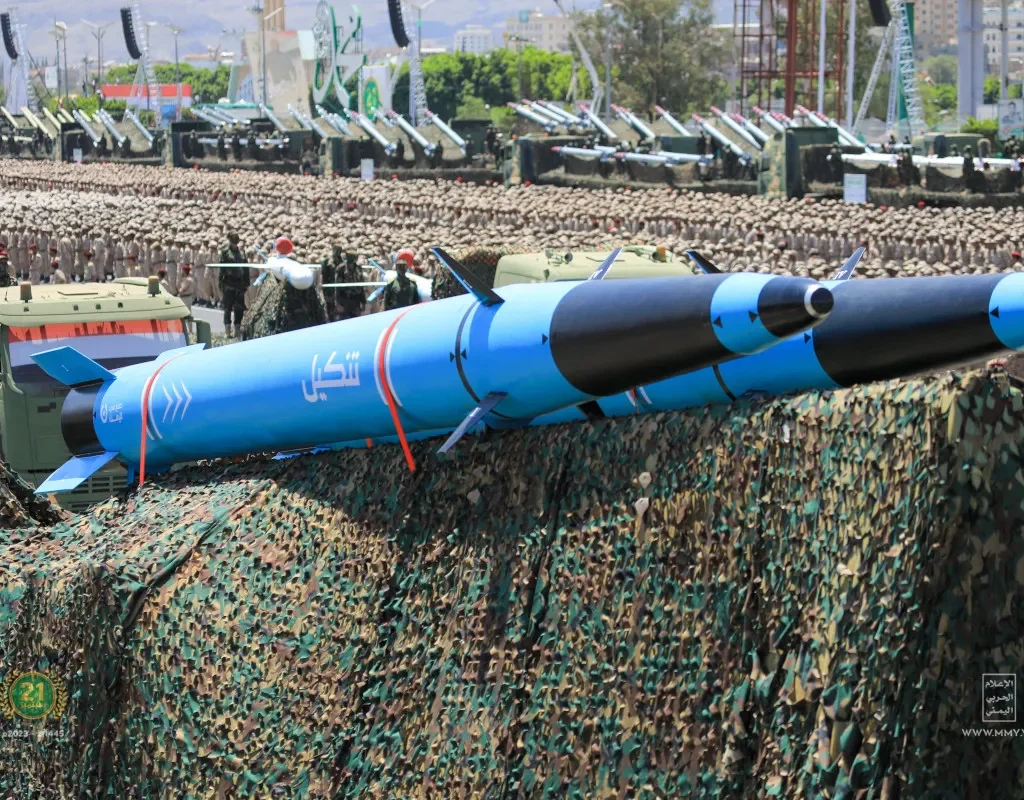
The Houthis, likely with Iranian assistance, converted patrol craft into water borne improvised explosive devices (WBIEDs), using them in attacks such as the 2017 strike on the Saudi frigate Al Madinah. They also developed new WBIED designs and produced various naval mines. Iran’s delivery of long-range anti-ship missiles and rockets in 2022 marked a significant escalation in support. The Houthis demonstrated their growing capabilities by hitting the UAE Navy’s HSV-2 Swift hybrid catamaran with a C-801/C-802 AShM in 2016, leading to its decommissioning, and attempting multiple attacks on US Navy vessels.
The Houthis have evolved into a formidable maritime threat, equipped with a variety of anti-ship ballistic missiles and rockets that are difficult to intercept. They have also hinted at using loitering munitions against commercial shipping in the Red Sea, similar to Iranian tactics in the Persian Gulf. Their naval arsenal includes remote-controlled drone boats like the Shark-33, originally patrol boats of the old Yemeni coast guard, and they have begun training combat divers, enhancing their maritime warfare capabilities.
Key Incidents and Interventions
NATO Interventions:
While NATO has not directly intervened in Yemen, its historical interventions in similar conflicts highlight its potential role. The alliance has participated in numerous international missions, ranging from peacekeeping to enforcing no-fly zones. In Yemen, NATO’s involvement remains indirect through the actions of individual member states.
On 26 March 2015, Saudi Arabia, leading a coalition of nine countries from West Asia and North Africa, launched an intervention in Yemen at the request of Yemeni president Abdrabbuh Mansur Hadi, who had been ousted from the capital, Sanaa, in September 2014 by Houthi insurgents. The intervention, codenamed Operation Decisive Storm, began with airstrikes on Houthi rebels and a full blockade. On 22 April, the coalition declared it had achieved its initial goals and announced Operation Restore Hope, combining political, diplomatic, and military actions to continue preventing Houthi operations inside Yemen. Ground forces were subsequently deployed in a broader offensive against Houthi militants.
Egypt, Morocco, Jordan, Sudan, and the United Arab Emirates provided air and ground forces, while Kuwait, Qatar, Bahrain, and Constellis led several ground operations. Djibouti, Eritrea, and Somalia opened their airspace, territorial waters, and military bases to coalition forces. The intervention has been supported by the United States, United Kingdom, France, Germany, and Canada at various stages. The U.S. provided intelligence and logistical support, accelerated arms sales, and conducted strikes against AQAP. In 2016, American and British military officials were confirmed to have provided advice and training for Saudi-led airstrikes. Following the October 7, 2023 attack on Israel, Houthi leader Abdel-Malek al-Houthi warned of military action if the U.S. intervened in the Hamas-Israel War. In mid-October, the USS Carney downed several Houthi missiles and drones fired toward Israel. In January 2024, the US and UK militaries launched strikes against Houthi targets in Yemen in response to Houthi attacks on commercial shipping in the Red Sea, with coalition forces targeting over 60 sites using more than 100 precision-guided munitions.
Houthi Attacks & Response:
The Houthis have conducted major attacks in response to US Coalition Forces’ strikes in January, including missile strikes on a US flotilla in the Red Sea and drone strikes on commercial shipping vessels carrying goods to and from Israel. Houthi intelligence claimed that the ships targeted by drones and missiles were carrying weapons for Israel. These actions have escalated tensions and drawn international condemnation, further complicating efforts for a peaceful resolution.
The Houthis continued their assaults, launching several rounds of missiles and drones until they officially announced their entry into the war to support Palestinians in the Gaza Strip on October 31. Houthi attacks of this nature persisted into November. On November 19, the Houthis hijacked a commercial ship in the Red Sea and have since attacked at least thirty-three others with drones, missiles, and speed boats as of late January 2024. This situation has led major shipping companies to stop using the Red Sea—through which almost 15 percent of global seaborne trade passes—and reroute to longer, more expensive journeys around Southern Africa instead.
The disruptions have resulted in heightened shipping and insurance costs, stoking fears of a renewed cost-of-living crisis. In response to the consistent Houthi attacks in the Red Sea, the international community remains on high alert, with ongoing efforts to ensure maritime security and stabilize the region.
Diplomatic Efforts and Challenges
Peace Talks and Negotiations:
Efforts to mediate the Yemen conflict have involved various international actors, including the United Nations. Diplomatic efforts have focused on achieving ceasefires, facilitating humanitarian aid, and promoting dialogue between the warring parties. NATO member states have also played roles in these efforts, advocating for a negotiated settlement. It remains uncertain whether the attacks will cease soon, as the Houthis have vowed to continue their military operations until a ceasefire is agreed upon in the Gaza Strip and aid is allowed into the enclave.
Future Prospects
Possible Scenarios:
Several scenarios could unfold in the Yemen conflict, ranging from a prolonged stalemate to a negotiated settlement. The role of external actors, including NATO, will be crucial in shaping these outcomes. NATO’s potential involvement in post-conflict reconstruction and stabilization efforts could be significant.
Long-term Implications:
The long-term implications of the Yemen conflict extend beyond the immediate region. The outcome will affect regional power dynamics, humanitarian conditions, and international relations. NATO’s engagement, whether direct or indirect, will play a role in determining the future stability of the region.
Conclusion
The Yemeni conflict, marked by the Houthis’ seizure of Sanaa in 2014 and significant military advancements with alleged Iranian support, has drawn international concern due to its severe humanitarian impact and regional security implications. While NATO has not directly intervened, member states like the United States have supported the Saudi-led coalition against the Houthis. The conflict has disrupted global maritime trade, with ongoing Houthi attacks on commercial shipping in the Red Sea. Diplomatic efforts have struggled to achieve a lasting peace, and NATO’s future role in stabilization and reconstruction will be crucial in addressing the long-term implications for regional and global security.
Muhammad Hamza Bin Yasir
- Muhammad Hamza Bin Yasir#molongui-disabled-link


